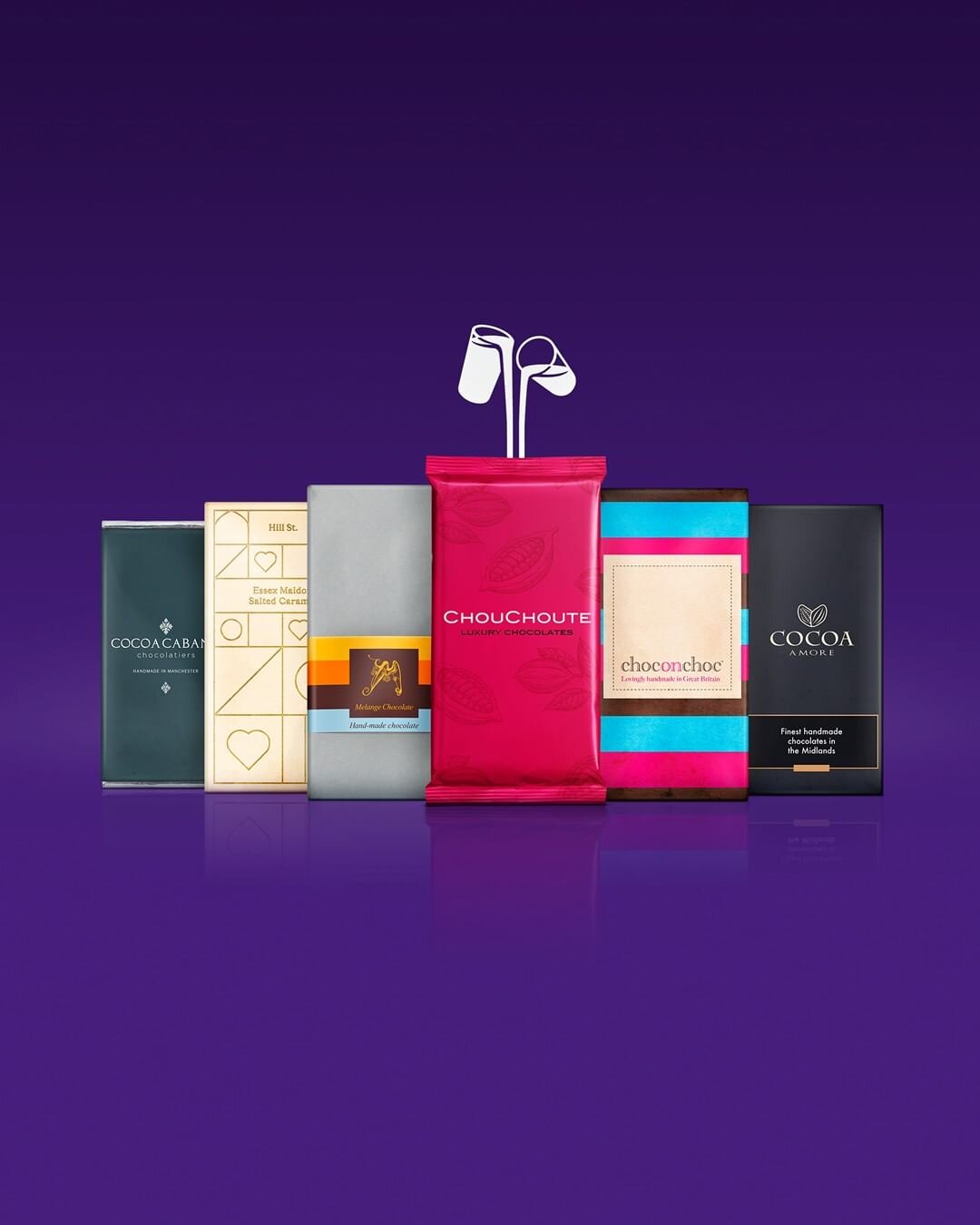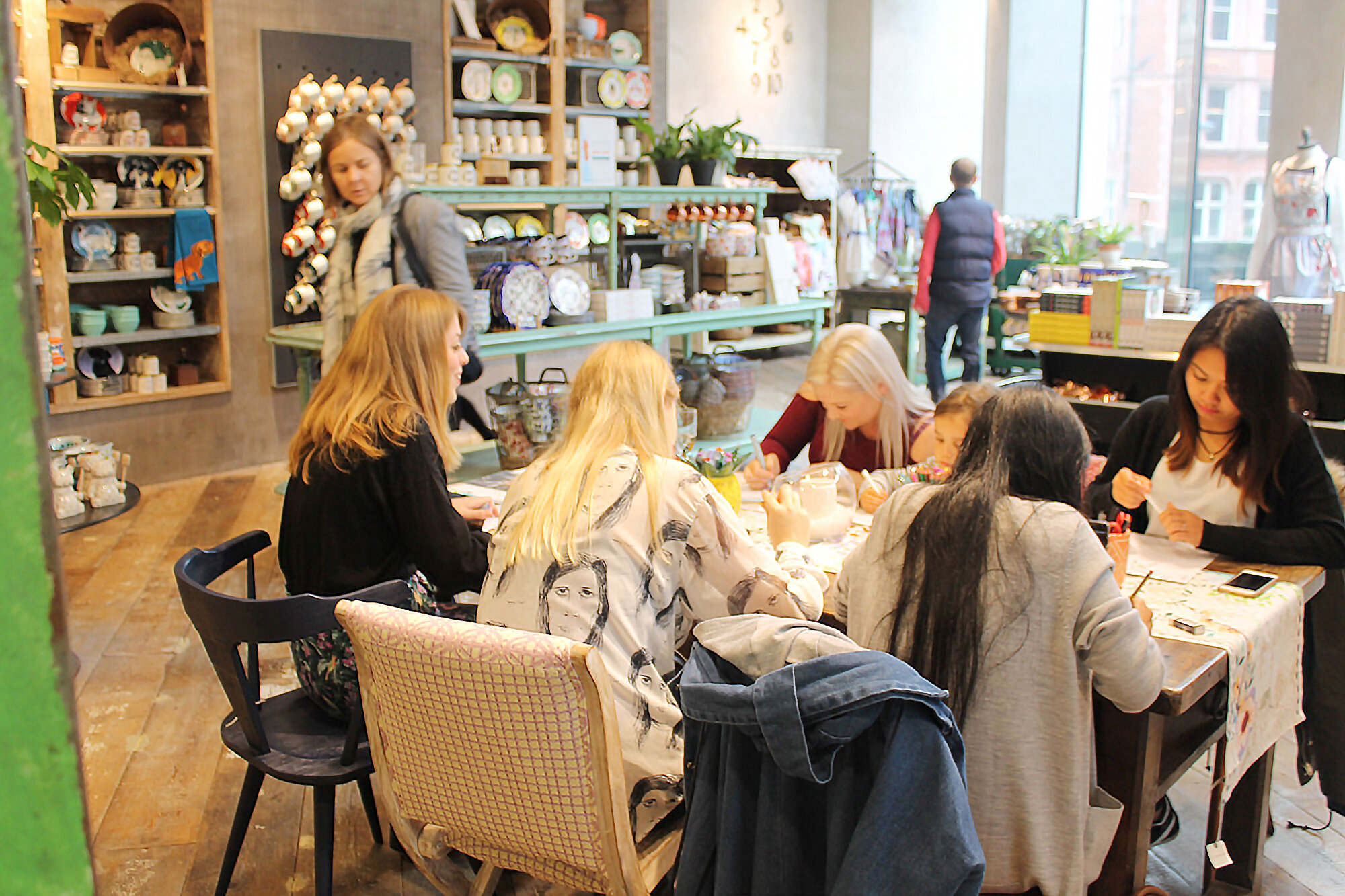The Art of Sustainable Spaces and How Brands Can Benefit
It’s only since the Industrial Revolution that we began venturing into cities, leaving families behind, to work. However, as the COVID-19 pandemic swept the globe, many of us were forced to return home. Our local shops and neighbouring streets became more familiar than ever before, and eCommerce boomed (Harper, 2020).
We can expect work and socialisation to be focussed within community hubs. Our neighbourhood will become the magnet for life’s events rather than be enticed by the city (which now feels somewhat risky). Instead, we are hunting in charity shops, investing in local makers and even communicating with our next-door neighbours (a new concept to some)!
Even following the pandemic, people will still feel that deep urge to stay integrated with their community and nature. We all want to feel self-sufficient and have gained an appreciation of slow living, forced by recent lockdowns (WGSN, 2023). This lack of travel and the use of local suppliers is benefiting the environment. Our suburbs and districts are becoming sustainable spaces.
Illustration by: Buttercrumble, 2021
All in all, this has contributed to the demise of the high street. Empty shop units are beginning to convert into residential hubs with homes, care and leisure spaces. Brands are opening their eyes to the change, with John Lewis and IKEA planning to convert some spaces into private and social housing (Harper, 2020). However, we will still need physical retail spaces to provide consumers with tangible brand experiences and act as exciting and entertaining destinations.
So, how else can brands benefit from embracing the trend of sustainable spaces?
Above (left to right): Kit Kat's Good Luck Postcards, Cadbury’s #ForTheLoveofChocolate campaign, and a Buttercrumble workshop at Anthropologie.
Encourage Acts of Kindness
Kit Kat demonstrated this perfectly in Japan by offering customers the chance to personalise wrappers with a message, which was then sent via Japan Post. This was in line with the Japanese tradition of sending “good luck” cards for the new school year. Furthermore, Kit Kat sounds similar to “Kitto Katsu” (meaning “you will surely win”).
It also shows that there are alternatives to selling in large retail environments such as supermarkets. Instead, brands should think creatively about connecting with consumers on a personal level (Ernest-Jones, 2019).
Back Your Locals
Cadbury launched #ForTheLoveofChocolate campaign to encourage shoppers to buy from local, independent brands rather than pick up a bar of Dairy Milk. A brave move to actively promote your competitors!
Their partnerships with six indies across the UK will hopefully boost their brand perception as an industry leader who supports community over competition. It will bolster sales in the long term by staying in people’s “good books”. (Retail Tech Innovation Hub, 2021).
Host Events
If you use your space for events, it will boost the sense of belonging and encourage customers to visit their local high street. In turn, this helps other nearby stores by driving footfall. Brands that have a strong history of hosting in-store activities are Anthropologie, Selfridges and Sweaty Betty. They are passionate about presenting a lifestyle rather than pushing product sales.
To nurture community, host a “bring a friend” event (as word-of-mouth marketing works)! Or treat your customers by providing a VIP experience. Alternatively, you can educate and inform through the use of workshops and seminars.
By taking a local approach, you can connect with your audience on a more meaningful level. You show you understand the importance of friends, families and the daily lives of these people. It encourages slow-living, which builds sustainable spaces. In turn, we achieve happier and healthier lives.




